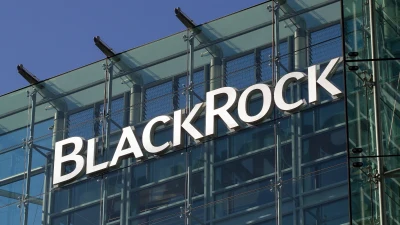IOOF’s 1Q inflows reach $270 million



IOOF Holdings said net inflows in funds under management, administration and advice (FUMA) reached $270 million for the first quarter ended 30 September 2019.
Total FUMA as at 30 September 2018 totalled $127.3 billion, while funds under supervision totalled $37.6 billion.
Platform net inflows fell from $309 million in the prior corresponding period to $285 million, while Advice inflows were down from $512 million to $119 million.
IOOF said Advice net inflows included around $400 million of transfers from IOOF BT badges to BT’s recently restructured direct offer, BT Wrap Open. It said the total revenue impact is less than $1 million on an annualised basis.
Earlier this month, IOOF launched a new BT Wrap Solution, Insignia Wrap and Insignia SuperWrap, which it said has identical pricing to BT Wrap Open.
In addition to Insignia Wrap and Insignia SuperWrap, IOOF said it will offer adjusted pricing on its badged version of Panorama from November 2018. It estimated the revenue impact of launching new BT badges at around $7 million in fiscal 2019.
IOOF said Investment Management net outflows stood at $134 million, down from $152 million previously and also reflecting the timing effect of distributions.
IOOF managing director, Christopher Kelaher, described the continued significant inflows into the financial services firm’s proprietary platforms as “a very pleasing outcome in an extremely competitive environment”.
“We differentiate our platform offering by exceeding our clients’ expectations with superior service, which is delivering inflows,” he said.
Recommended for you
Distribution of private credit funds through advised channels to retail investors will be an ASIC priority for 2026 as it releases the results of its thematic fund surveillance and guidance for research houses.
State Street Investment Management has taken a minority stake in private market secondaries manager Coller Capital with the pair set to collaborate on broaden each firm’s reach and drive innovation.
BlackRock Australia plans to launch a Bitcoin ETF later this month, wrapping the firm’s US-listed version which is US$85 billion in size.
Global year-to-date inflows into active ETFs are 87 per cent higher than the same time a year ago at US$447.7 billion.











